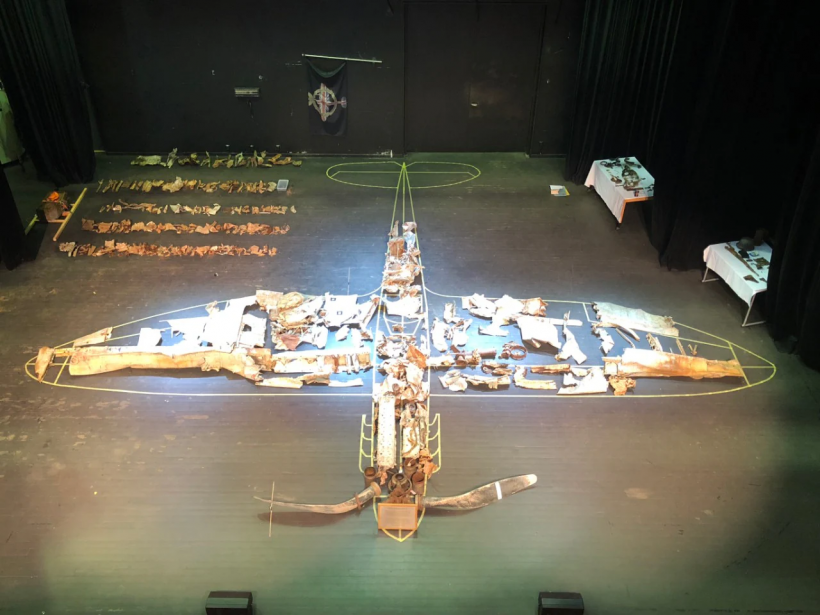A rare World War II Photo Reconnaissance Spitfire, which had been shot down by German forces in 1942 and remained lost until its recovery from a Norwegian peat bog 76 years later, is undergoing reconstruction at the University of Sydney.

(Photo : Tony Hoskins, AA810 Spitfire Project.)
The Famed Story of Spitfire
The Spitfire's pilot, Flight Lieutenant Alastair 'Sandy' Gunn, managed to escape the crash but was later captured and executed by German forces for his involvement in a prisoner-of-war camp breakout, a story famously depicted in the 1963 film "The Great Escape."
However, after over eight decades, efforts are underway to rebuild the long-lost Spitfire entirely, led by an international team based in the United Kingdom, aiming to return it to the skies by 2025.
At the University of Sydney, Bruce McLean, Chief Engineer at the Sydney Manufacturing Hub, and his team are utilizing industrial 3D printing to reconstruct the aircraft's Rolls Royce Merlin V12 exhaust manifolds.
"The Spitfire is iconic. It is one of the machines that won the war. The aircraft we are helping restore is very special indeed as a rare PR-IV model," McLean said in a statement.
The Sydney Manufacturing Hub is leveraging advanced digital scanning technology and computer-aided design to reverse engineer and restore the original exhaust stacks from the aircraft, using a modern superalloy material known as Inconel.
"These were originally handmade articles that were damaged almost beyond recognition in the crash and are unobtainable today. Using modern manufacturing tools enables faithful and fully functional replicas to be manufactured and eventually flown on the restored Spitfire AA810 airframe," McLean said.
A salvaged original manifold from the wreckage has arrived in Sydney for reference, along with exhausts from a Spitfire that participated in the Battle of Britain, enabling ultra-high-resolution scans to aid in blueprint development for the restored engine exhausts.
Read Also: AI-Powered WWII Vets Converse with Visitors in New Museum Exhibit
Restoring Spitfire
The restoration project holds particular significance in commemorating the airmen who contributed to the Royal Air Force's Photographic Reconnaissance Units, which played a critical role in gathering intelligence for Allied tactical planning during the war.
Tony Hoskins, who spearheaded the Spitfire's salvage and now leads the restoration project, underscored the importance of recognizing the individuals behind these clandestine missions, highlighting the contributions of Australian airmen like Bud Tingwell.
The AA810 Spitfire project also reached out to families of Royal Australian Air Force airmen involved in Royal Air Force Reconnaissance missions during World War II to assist in identifying 11 Australian nationals for whom the project holds incomplete data.
"This is a fascinating case of reverse engineering. We're using state-of-the-art design, materials science and manufacturing technologies to build this engine system," Pro-Vice-Chancellor (Research Infrastructure) Professor Simon Ringer said in a statement.
"Apart from the learning opportunities for our engineers, it is a very special way to honour the service and sacrifice of the people involved at such a difficult time in history. Nearly 150 pilots of WW2's Royal Air Force Photographic Reconnaissance Unit were from Australia and New Zealand."
Related Article: Turtles' Shells Preserve Post-World War II Nuclear History, Enduring Uranium Signatures Even Decades After: Study






